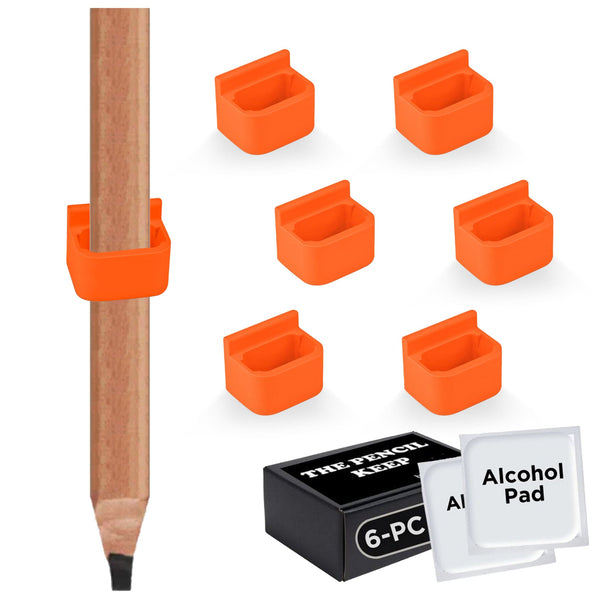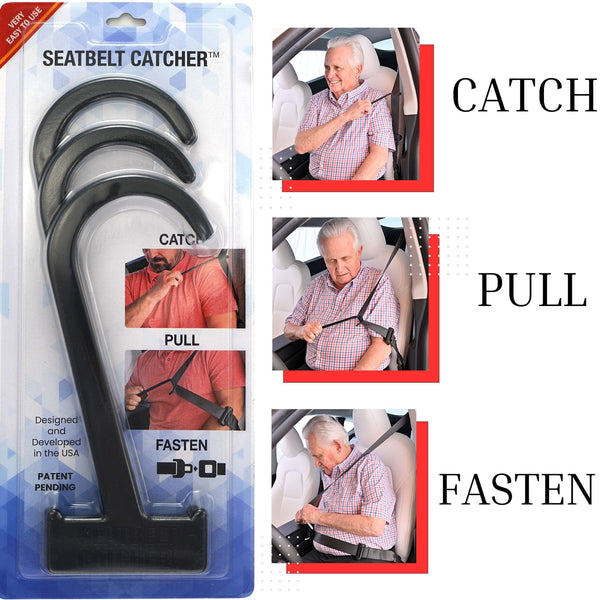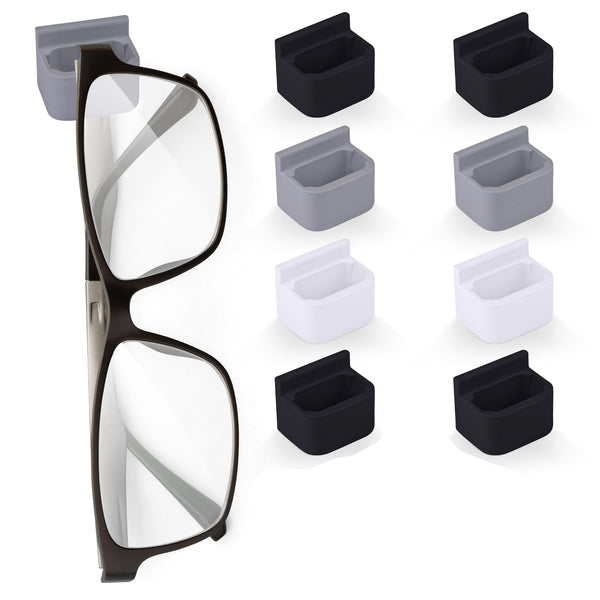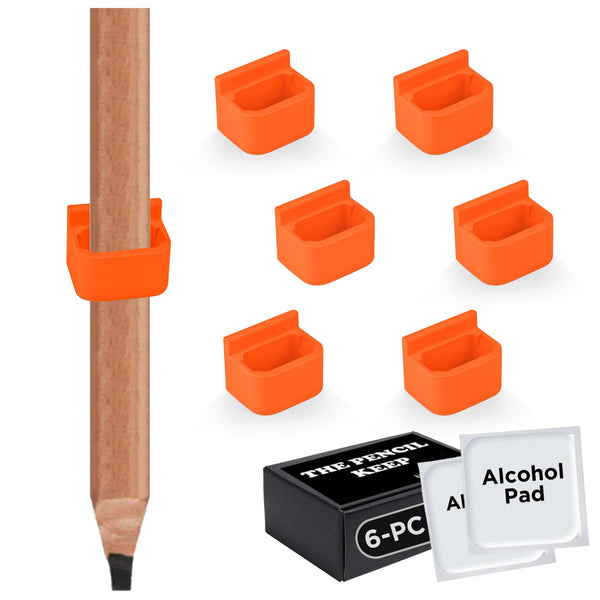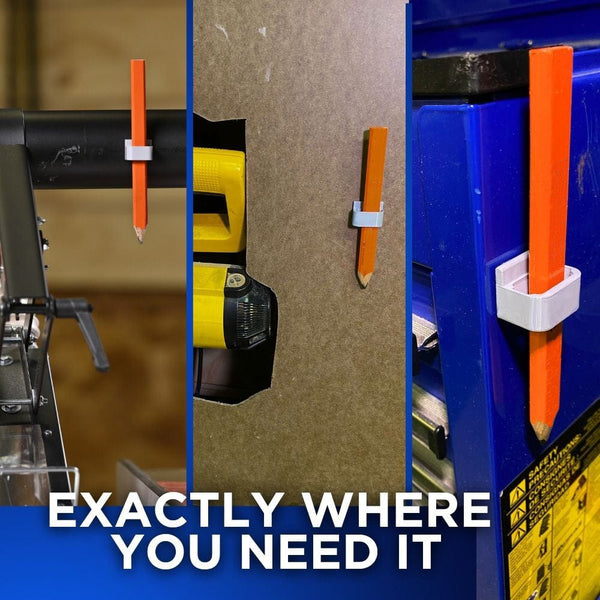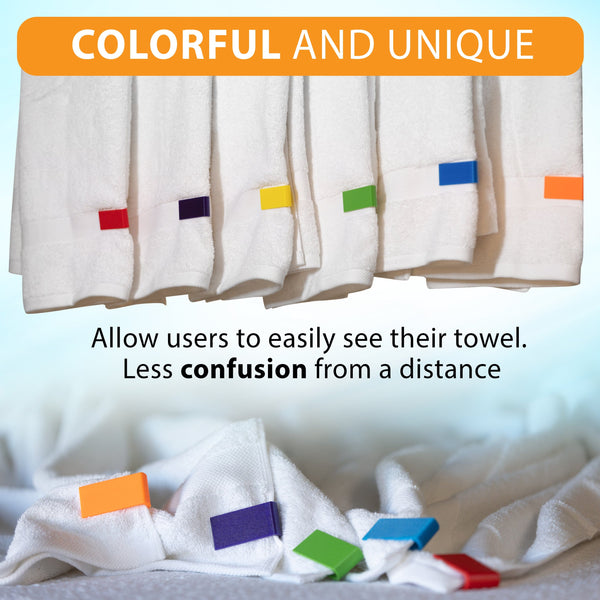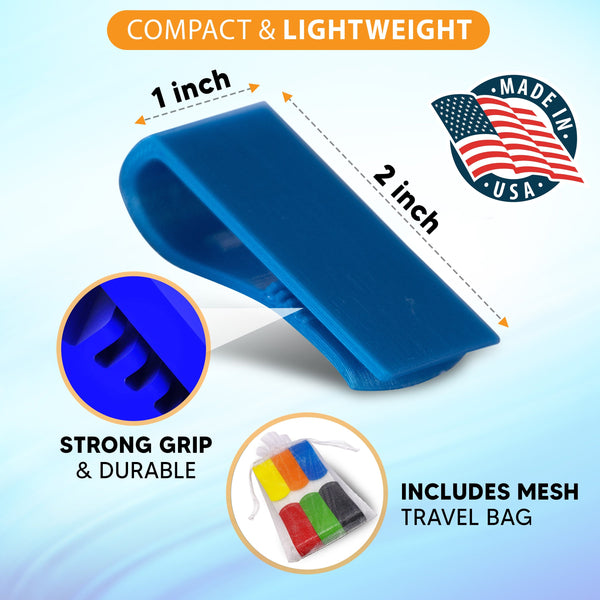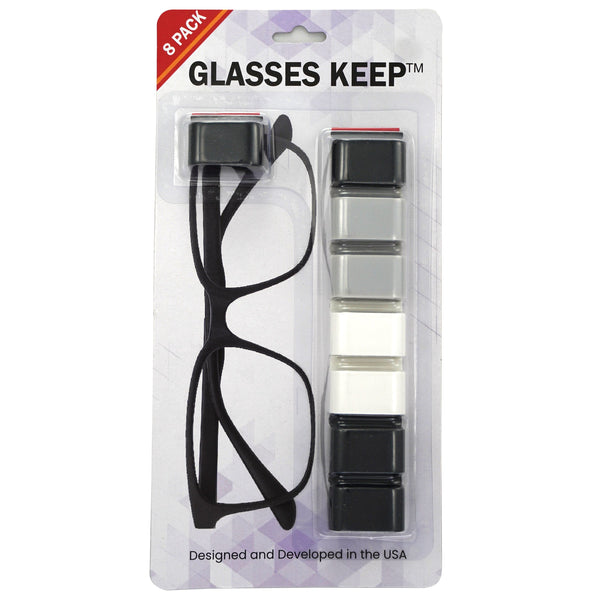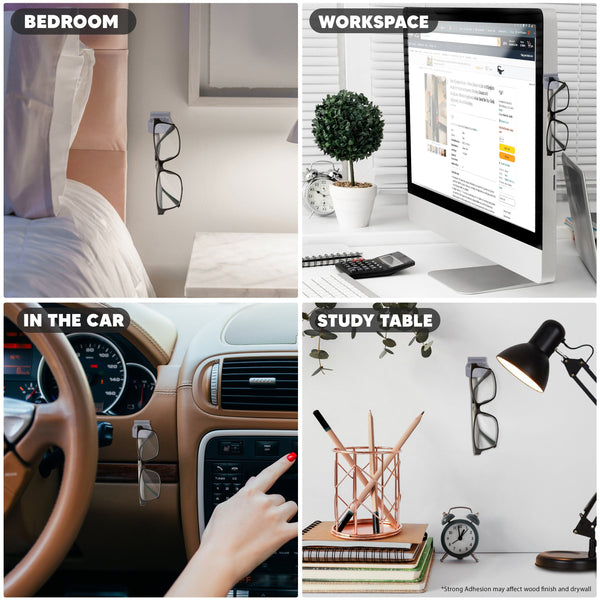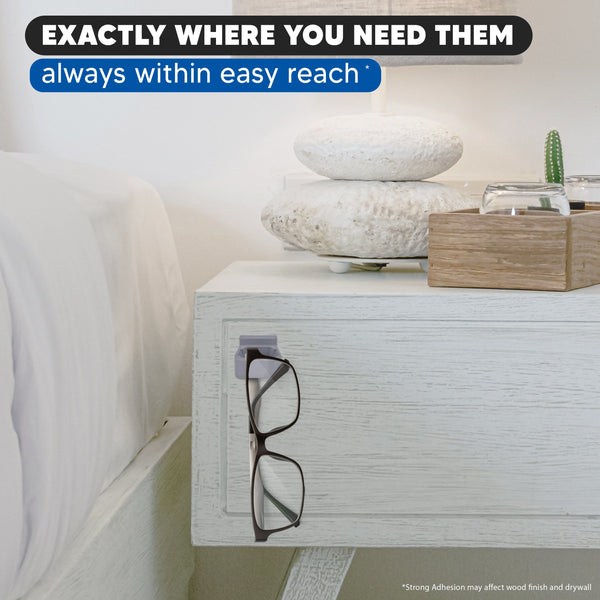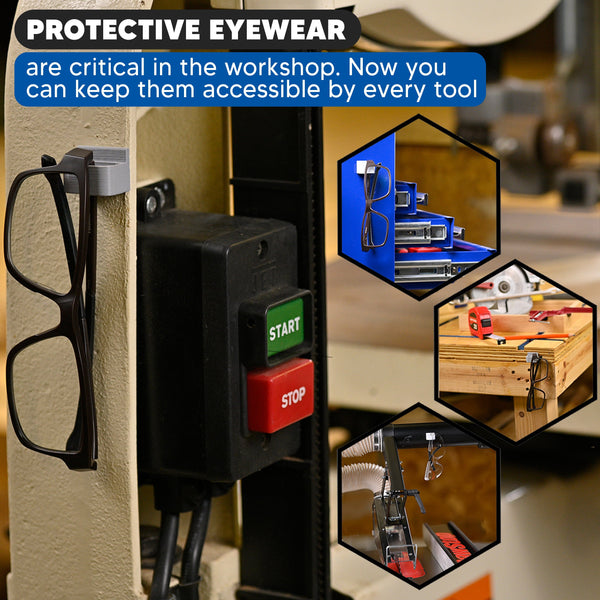When it comes to road safety, one of the simplest yet most effective measures is wearing a seatbelt. It may seem like a small action, but this vital practice can save lives. Unfortunately, many people still underestimate the importance of this crucial safety feature, often ignoring Seatbelt Safety Tips that can protect them and their loved ones. In this comprehensive guide, we will explore the significant benefits of seatbelt use, common myths surrounding them, and practical tips to ensure that you and your passengers stay secure in your vehicle.
Why Seatbelts Matter
Statistics reveal the shocking truth: seatbelts reduce the risk of death by 45% for front-seat passengers in cars. According to the National Highway Traffic Safety Administration (NHTSA), seatbelts saved an estimated 14,955 lives in the United States in one recent year alone. They are specifically designed to keep passengers safely restrained during sudden stops and collisions, preventing them from being ejected from the vehicle or suffering severe injuries. Despite the overwhelming evidence, some individuals still choose to ignore this vital safety measure. Understanding the importance of using seatbelts is the first step in reinforcing seatbelt safety tips.

The Mechanics of Seatbelts
Seatbelts are engineered to keep passengers safe in two main ways:
- Inertia Restriction: Seatbelts work by locking in place during a sudden stop or collision, distributing the force of the impact across the stronger parts of your body, such as your pelvis and rib cage.
- Minimizing Movement: By keeping you securely in your seat, seatbelts prevent you from moving forward during a crash, thus reducing the risk of hitting the dashboard, steering wheel, or windshield.
Additionally, the design of modern seatbelts incorporates features like force limiters and pretensioners. Force limiters reduce the force exerted on the occupant during a crash, while pretensioners tighten the seatbelt to remove slack when a collision is detected. These factors contribute to the overall effectiveness of seatbelt systems in modern vehicles.
Common Myths About Seatbelts
Despite widespread knowledge about the importance of seatbelt use, several myths persist that can jeopardize safety. Here are some common misconceptions:
Myth 1: "I Don't Need a Seatbelt in the Back Seat"
Fact: Everyone, regardless of where they sit in the vehicle, should wear a seatbelt. In a collision, unrestrained passengers can become projectiles, endangering themselves and others. Statistics show that backseat passengers are equally at risk of serious injuries or fatalities when unbelted.
Myth 2: "I'm a Good Driver; Accidents Won't Happen to Me"
Fact: Accidents can happen to anyone, regardless of driving skill. The unpredictable behavior of other drivers and external factors, such as weather conditions or mechanical failures, can lead to unexpected situations where seatbelt use can mean the difference between life and death.
Myth 3: "Airbags Are Enough to Protect Me"
Fact: Airbags are designed to work in conjunction with seatbelts but are not a substitute. Without a seatbelt, the force of the airbag can be harmful, and you may be thrown forward during a crash, contradicting the purpose of the airbag. Remember, an airbag alone is not enough to ensure safety.

The Importance of Wearing Seatbelts
The importance of seatbelt use goes beyond personal safety. It also has broader implications for public safety as a whole. The more individuals who wear seatbelts, the fewer injuries and fatalities occur on the road. Additionally, wearing a seatbelt can significantly reduce the economic burden on healthcare systems and insurance providers. Here’s a closer look at the various benefits of wearing seatbelts:
- Protection in High-Risk Situations: Whether you're traveling at high speeds or navigating through a busy city, the risk of an accident is ever-present. Seatbelts provide you with critical protection during these high-risk situations.
- Reduced Severity of Injuries: In the unfortunate event of a crash, wearing a seatbelt can significantly reduce the severity of injuries sustained. They help minimize movement and impact, keeping occupants safer.
- Legal Compliance: Many jurisdictions have laws mandating seatbelt use. Failing to buckle up can result in fines and penalties, as well as contributing to a negative driving record.
- Role Modeling Behavior: By consistently wearing a seatbelt, you set a positive example for others, particularly children and young adults, who often look to role models for guidance. Creating a culture of safety starts with individual responsibility.

Essential Seatbelt Safety Tips
To maximize safety while driving, here are crucial seatbelt safety tips to keep everyone secure:
Accessibility Issues: Many drivers, especially those over 45 or with mobility limitations, struggle with reaching behind them to grasp the seatbelt. This is where innovative solutions like the Seatbelt Catcher come in handy, making the belt easily accessible and eliminating the need for uncomfortable twisting motions.
Buckle Up Every Time: Make a habit of wearing your seatbelt every time you get in the car, regardless of how short the drive is. This simple action can save your life in the event of an accident. Encourage all passengers to do the same and establish a routine for buckling up before starting the engine.
Ensure Proper Fit: For optimal safety, ensure that the seatbelt fits correctly. The lap belt should lie snugly across your hips, while the shoulder belt should rest across your chest and shoulder, away from your neck. An ill-fitting seatbelt can be uncomfortable and ineffective. Invest time in adjusting your seatbelt to ensure it's as safe as possible.
Utilize Seatbelt Adjusters: If the seatbelt does not fit your body properly due to size or other factors, consider using a seatbelt adjuster. These handy devices can help hold the seatbelt in the correct position, making it safer and more comfortable to wear. They are particularly useful for children or smaller adults.
Secure Children Properly: Children should be secured in appropriate car seats or booster seats based on their age, weight, and height. The American Academy of Pediatrics recommends keeping children in a rear-facing car seat until they are at least 2 years old or reach the maximum weight limit for the seat. Always ensure the seatbelt is correctly positioned over the child's body for maximum safety.
Ensure All Passengers Are Buckled Up: Before hitting the road, take a moment to check that all passengers have their seatbelts fastened. This is particularly important for those traveling with children or individuals who may not be as vigilant about seatbelt use. Consider having a simple routine to check seatbelt compliance before every trip.

Avoid Seatbelt Misuse: Never place the seatbelt behind your back or under your arm. This practice drastically reduces its effectiveness during a collision and can lead to severe injuries. Educate passengers about the proper way to wear a seatbelt and correct any misuse immediately.
Replace Damaged Seatbelts: If you notice any tears, fraying, or other signs of wear and tear on your seatbelt, have it replaced immediately. A damaged seatbelt can fail to protect you in an accident. Be proactive about inspecting your vehicle's seatbelts regularly, and report any issues to a mechanic.
Use Seatbelt Catchers: Seatbelt catchers can be an excellent tool for keeping seatbelt within easy reach. These convenient devices can help prevent the seatbelt from slipping or getting lost in your vehicle's crevices, especially for those who struggle with traditional seatbelt functionality. You can find a quality seatbelt catcher at www.gearugoods.com. These small accessories can make a big difference in ensuring a safe and comfortable ride.
Set an Example: Be a role model for others by consistently wearing your seatbelt. Your actions can influence others, especially friends and family members. Encourage everyone in your vehicle to wear their seatbelt, thus creating a culture of safety in your vehicle.
Be Mindful of Emergency Situations: If you are involved in an accident, stay calm and assess the situation. If you need to exit the vehicle, make sure it is safe to do so, and never ignore the seatbelt if you are still in the car. Your safety is paramount, and the seatbelt is there to protect you as long as you're in the vehicle.
Conclusion
Adhering to Seatbelt Safety Tips can greatly enhance your safety, as well as that of anyone accompanying you. By understanding the value of seatbelts, dispelling common myths, and implementing practical safety measures, you can protect yourself and your loved ones while on the road. By following proper usage guidelines, maintaining your safety equipment, and utilizing helpful tools like the Seatbelt Catcher when needed, you can ensure the highest level of protection for yourself and your passengers. Remember, a seatbelt is a simple click that can lead to a lifetime of safety. Make it a priority, and encourage others to do the same. Safe travels!
